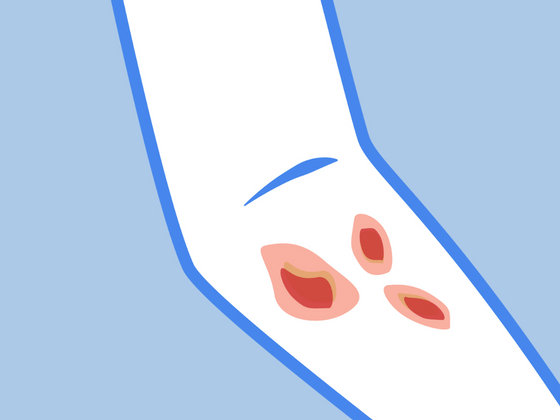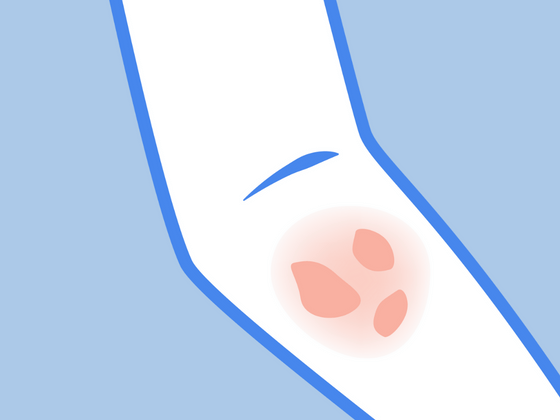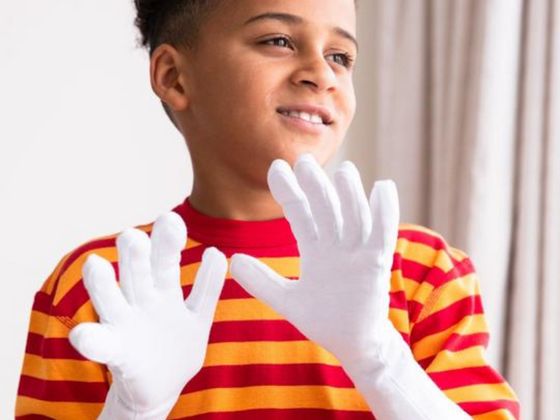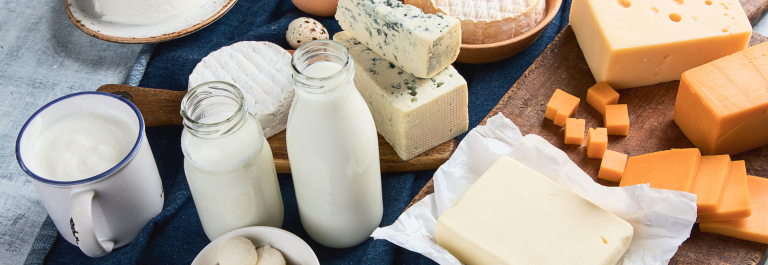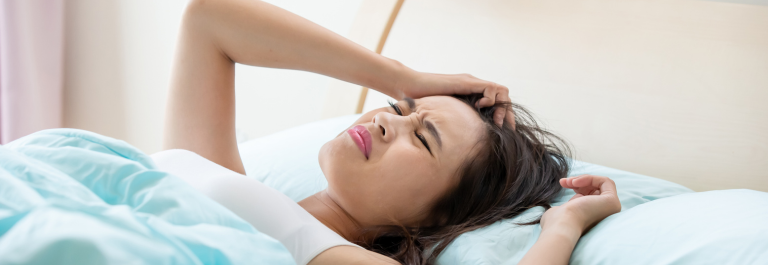Do you experience swelling, itching, or sores on your lower legs?
If this sounds familiar, you might be one of 15-20 million Americans living with venous stasis dermatitis - a common type of eczema that typically develops in people with poor blood flow.
Throughout this post, we're going to explore everything you need to know about:
-
The leading causes of venous stasis dermatitis
-
The critical skin symptoms of venous eczema
-
The best natural and effective methods for stasis dermatitis treatment
Keep reading to learn more about how venous stasis dermatitis might impact your overall health, helping you treat your itchy skin and reduce swelling today.
What Causes Venous Stasis Dermatitis?
Venous stasis dermatitis (gravitational dermatitis) is a long-term health condition caused by chronic venous insufficiency, which occurs when the valves in your leg veins stop working correctly and struggle to push blood back up to your heart.
Eventually, this causes blood and other fluids to pool in your lower legs, creating pressure build-up and swelling.
Venous Eczema
Venous eczema is a skin condition thought to be triggered in response to chronic venous insufficiency.
When blood and other fluids pool in your lower legs, your immune system reacts to these fluids with an inflammatory response, leading to chronic itchy skin, swelling, dryness, and scaling.
People with venous stasis dermatitis may also be more likely to develop other forms of eczema, such as atopic dermatitis or contact dermatitis.
Who Is Most At Risk?
Venous stasis dermatitis tends to impact people over the age of fifty mainly. This is because, with age, our veins stretch, causing poor circulation.
Other risk factors for developing gravitational dermatitis include:
-
A family history of venous insufficiency or blood clots in your legs (deep vein thrombosis)
-
Varicose veins- swollen and enlarged veins
-
A medical history of heart conditions
-
Cellulitis - an infection of the deeper layers of the skin and underlying tissues
-
High blood pressure (hypertension)
-
Obesity
-
A sedentary lifestyle or a job that requires you to sit or stand for many hours at a time
-
Pregnancy
Symptoms of Venous Stasis Dermatitis
When blood pools in your lower legs, the increased pressure can lead to many symptoms, ranging from mild skin irritations to severe swelling and health concerns.
Some of the most common symptoms of venous stasis dermatitis include:
-
Persistent ankle swelling (chronic edema) and tight skin
-
Skin discoloration is caused when blood capillaries burst
-
A heavy or aching feeling in your lower legs, particularly after long periods of sitting or standing
-
Venous eczema causes flaky, scaly, itchy skin, small white scars, and soreness
-
Open sores (called venous ulcers) on the lower legs and tops of your feet, which are vulnerable to secondary infections
-
Permanent skin thickening
-
An increased risk of developing contact dermatitis
How To Treat Venous Eczema In Leg?
Treating venous eczema is two-fold.
Firstly, there's the task of soothing your irritated skin. Secondly, there's the task of treating the root cause of your leg swelling, poor circulation, and venous insufficiency, helping to prevent future eczema flare-ups.
While conventional eczema treatment tends to involve the use of topical medications such as topical corticosteroids and topical antibiotics, we have some natural treatment alternatives for you or your loved ones to try:
Use A Nourishing Moisturizer
To combat itchy, dry skin, we'd recommend gently massaging your affected skin with a deeply hydrating natural moisturizer.
This Grass Fed Tallow Balm is made from one of the world's earliest and purest forms of skincare, and it's fantastic for eczema relief. The added lavender essential oil also acts as a natural antibiotic and antiseptic, which is especially helpful to fight the risk of developing secondary infections - particularly if you've got damaged skin, open ulcers, or skin lesions.
Massage this creamy balm into your lower legs twice daily (or as often as needed) to help boost circulation and encourage blood flow around the surrounding tissue while hydrating your skin.
Moisturizing SOS
For more severe eczema flares, try the traditional technique of wet wrapping to achieve intensive, localized itch relief.
WET WRAPPING: A Step By Step GUIDE
-
Soak your entire body or lower legs in lukewarm bath water for 15-20 minutes. No soap!
-
Pat your skin dry with a towel
-
Lather your eczema patches with your chosen moisturizer
-
Gently wrap the affected skin with a damp fabric to 'lock in' the moisture. These Remedywear™ (TENCEL + Zinc) Sleeves are a great wet wrap option, made from eco-friendly TENCEL embedded with zinc oxide, known for its anti-inflammatory properties.
-
Cover the damp layer with a dry fabric or looser clothing, such as pajamas.
-
Leave for a minimum of two hours or overnight for the best results.
Elevating Your Legs
As an extra tip, while waiting for your wet wrap to take effect, why not elevate your legs to help reduce swelling? Studies have shown that boosting your legs above your heart for a short period every two hours may help improve blood flow.
Wear Hypoallergenic Clothing
People with venous stasis dermatitis are often at greater risk of developing contact dermatitis, which occurs when your immune system triggers an inflammatory reaction in response to environmental irritants and allergens.
We recommend wearing hypoallergenic, breathable fabrics against your lower legs to avoid irritating your skin further. This may be especially important if you're trying to heal open sores and ulcers.
These 100% Organic Cotton Crew Socks for Adults are an excellent choice for sensitive skin. These 100% Organic Cotton Lounge Pants for women and men offer itch-free comfort on your lower body while exercising, sleeping, or resting.
Wear Compression Stockings
Wearing specialist compression stockings may help you to reduce the swelling in your lower legs even further. The socks' compression gently pushes blood flow back up the leg towards your heart, also helping to prevent a blood clot in your deep veins.
However, particularly if you're struggling with allergic contact dermatitis, you might find that the tight fabric of compression stockings could cause further irritation. To avoid this, monitor your eczema flare closely and stop wearing the socks if they worsen your symptoms.
Stay Active
One of the best ways to improve blood flow and push blood back up to your heart is to ensure that you're staying active daily.
Especially if you're working a job where you're sitting or standing for hours on end, it can be vital that you take breaks regularly, stretch, and get your body moving again.
Eating Healthy
Studies have shown that avoiding foods high in salt is another great way to help combat venous stasis dermatitis at its root cause. Excess salt causes the body to retain fluids, weakening your vein walls and contributing to chronic venous insufficiency.
Taking vitamin C and rutin supplements helps keep your blood vessels flexible and healthy.
When To See A Doctor?
If you suspect that you or a loved one might have venous stasis dermatitis, we encourage you to consult a doctor, vascular specialist, or skin specialist to seek medical advice.
To diagnose venous insufficiency, your doctor may do an ankle brachial pressure index test to measure how effectively your leg's blood vessels carry blood back up to your heart. They may also complete an ultrasound to check for blood clots in your deep veins.
Sometimes, your doctor may complete an allergy test to ensure your swelling is not linked to a severe allergic reaction.
They might also wish to prescribe oral antibiotics to help keep you safe from secondary skin infections.
Soothe Venous Eczema On Your Lower Legs Today
Follow these tips to help you soothe your eczema flare-up today and tackle the root cause of your lower leg swelling to boost blood flow and improve your overall health.

